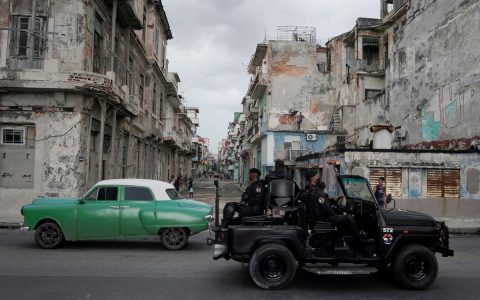
The compound background indicator of the Brazilian economy (IACE), released today (14) by Fundação Getulio Vargas (FGV) and The Conference Board (TCB), fell 2.2% to 119.9 points in March. Accumulated variance over the past six months was also negative by 2%.

The IACE collects eight components measuring economic activity in Brazil. Four of the eight component series contributed negatively to the overall result. The biggest negative contribution was from the consumer expectation indicator.
ICCE
Similarly, Brazil’s Economic Composite Indicator Indicator (ICCE), which measures current economic conditions, declined 0.1% to 96.7 points in the same period. Accumulated variance over the past six months is also negative, at 2.2%.
According to Paulo Pacheti, an economist at the Brazilian Institute of Economics (Ibra) at FGV, the ICCE results in March show the effects of fluctuations in the health crisis and the slowdown in household consumption. He added, “The lack of perspective to improve these factors in the coming months has a significant impact on expectations in general, resulting in a contraction of IACE”.
According to FGV and The Conference Board, the combination of individual indicators in the composite index serves as a filter for so-called “noise”, contributing to reveal an effective economic trend.
IACE allows direct comparisons of economic cycles in Brazil with 11 other countries and regions as assessed by the Conference Board. They are: China, United States, Eurozone, Australia, France, Germany, Japan, Mexico, Korea, Spain and United Kingdom.



